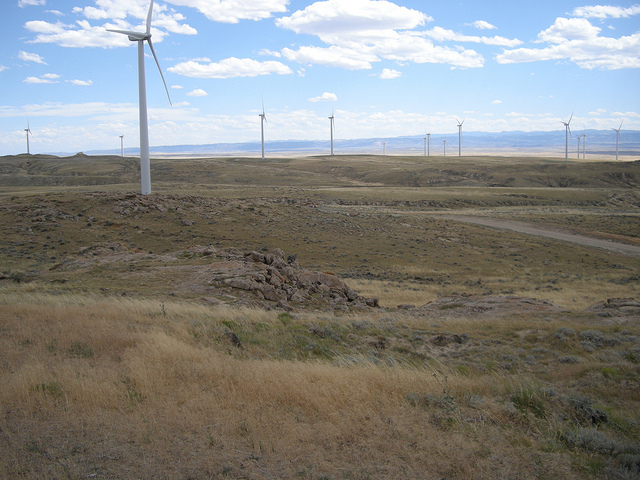Variable renewable power can reach 40 percent capacity very cheaply
Ars Technica » Scientific Method 2014-03-04
Most forms of renewable power differ from traditional electricity sources in a key way: they're intermittent. The sun doesn't always shine on photovoltaics, and when it does, it may vary in intensity. Wind speeds also vary across a wide range at many locations. All of which means that the electricity generated by wind and solar will also vary, with large implications for the stability of the grid.
It's clear that putting renewable energy onto the grid isn't without costs, but the exact nature of those costs is still the subject of some contention. Now, the International Energy Agency has weighed in with a report on integrating renewables. It finds that, as long as intermittent power sources are under 10 percent of the total energy use, they can essentially be added for free. The report also argues that renewable levels can go up to 40 percent at little or no cost, but that would require substantial reshaping of the rest of the grid—something that's much easier to do outside of mature economies.
The report lumps wind and solar into a category it terms "variable renewable energy," or VRE (as opposed to hydro and geothermal, which are typically baseline power sources). Used well, VRE can perform valuable functions for the electricity grid, like covering the peak of mid-day demand, which keeps utilities from activating their reserve plants, which are often old and inefficient. Used poorly, and you can end up with situations where the wholesale price for electricity becomes negative: the utilities have to pay someone to take power off their hands.
Read 10 remaining paragraphs | Comments
